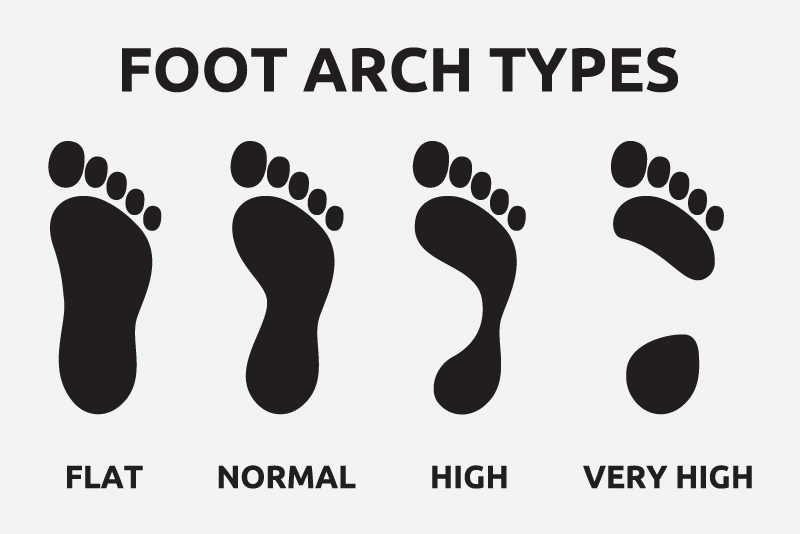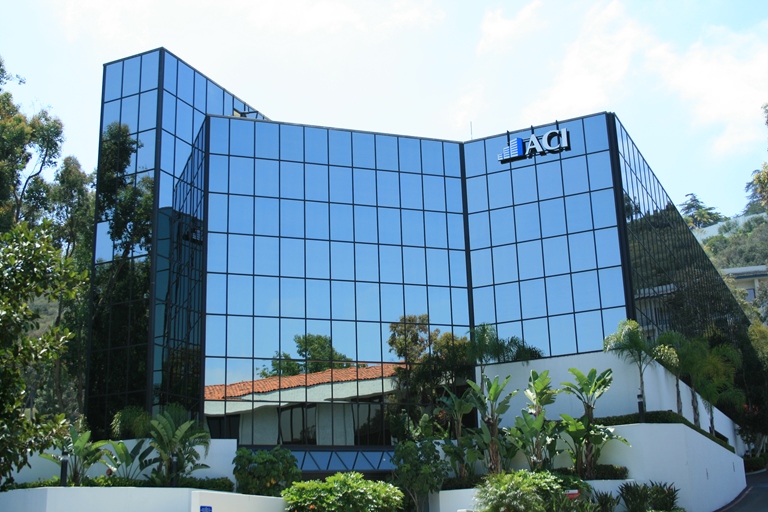Peroneal Tendonitis Treatment
What is Peroneal Tendonitis?
Peroneal tendonitis is characterized by pain and tenderness on the outer part of the foot and ankle. In some cases, there can also be swelling around the tendons and tendon sheaths around the outer ankle. The two main peroneal muscles originate on the outer lower leg bone (fibula). The longer peroneal muscle runs around the outside of the ankle, and wraps around the side of the foot to the bottom of the foot and inserts into the midfoot (medial cuneiform) and the base of the 1st metatarsal. When these muscle become excessively tight, the tendons become inflamed, rub against the side of the ankle and foot which can become quite painful. Check out our video below describing our approach to treating peroneal tendonitis and continue reading below.
What are the Causes?
When the peroneal muscles sustain a higher load than what they are capable of handling, peroneal tendonitis can occur. Peroneal tendonitis can be a result of ankles sprains, repetitive strain (ballet dancing, jumping, running), people with high stiff arches in their feet, and from compensation due to other injuries (plantar fasciitis).
High stiff arches in the feet is often a presentation we see as this type of foot places more pressure on the outer half or outer third of the foot. This causes the peroneals to work much more strenuously than in feet with a more normal/flexible arches. Due to this weight distribution, these individuals are more prone to “rolling” their ankle during normal day to day walking and especially during sports (ex: Soccer). When looking at wear patterns on the bottom of shoes for a runner, we will see excessive where on the outer border of the bottom of the shoe. In many of the chronic cases of peroneal tendonitis, many patients do not know what “caused” the pain to start. When we go through a thorough exam and history, many patients have the history and characteristics described above which should be addressed for proper treatment.

Conservative Treatment
Conservative treatment for peroneal tendonitis and peroneal tendinopathy is very successful for managing the symptoms. In our office, we usually start peroneal tendonitis treatment with Graston Technique to the peroneal muscles (The peroneous longus, peroneous brevis, and peroneous tertius) to help loosen up the muscles while promoting blood flow to the area. Active release technique, a type of myofascial release, for peroneal tendonitis may be helpful to break down adhesions and trigger points within the peroneal muscles. Most importantly, loading the peroneal muscles with proper strength training exercises will help stimulate the injured areas of the tendon while providing strengthening to avoid future reaggravation. Peroneal tendonitis rehab exercises are crucial to help the tendons heal properly.
Finding the Root Cause of Peroneal Tendonitis
In treating peroneal tendonitis, it is important to discover the root cause. As described above, if a patient has very stiff, high arches, this will place more of the body weight on the outer half of the foot which will overly stimulate the peroneal muscles. Another example is peroneal tendonitis due to hallux limitus (when the big toe has limited extension), patients will have a hard time shifting their weight towards their big toe during gait which keeps their weight on the outer half of the foot, loading the peroneal muscles excessively.
Other conditions such as plantar fasciitis can lead to peroneal tendonitis due to compensation. When the bottom of the inner heel is painful, patients unknowingly keep the weight of their body on the outer half of the foot to avoid pressing into the painful part of the heel; peroneal muscles again become strained resulting in peroneal tendonitis. Many of these patients experience outer heel pain while walking or outer heel pain while running. Another condition called cuboid syndrome causes peroneal tendonitis as the peroneal tendons run across a portion of the cuboid bone. When the cuboid bone is stiff and not moving well with cuboid syndrome, the peroneal tendons also become stiff resulting in pain.
If you are dealing with peroneal tendinopathy, please schedule with one of our sports chiropractors today. Above you will find the “schedule now” tab which will direct you to our online scheduler. You may also call our office at 619-818-4306.



